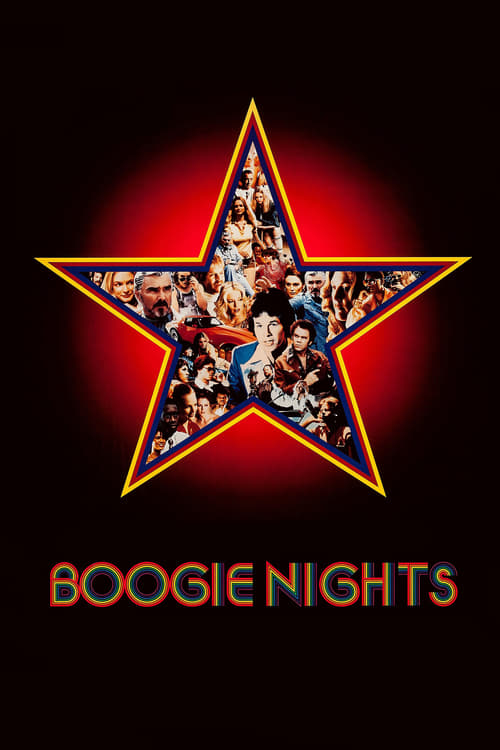Boogie Nights
Paul Thomas Anderson is an empath. It takes time to get into his films, but once settled,the humanity of the characters are hard to miss. Every person in his film, no matter how fleeting his screen-time is, has a story to tell. Every bystander has some impact in the storytelling. Boogie Nights is one such example.
Set in the late 1970s America, Boogie Nights is the study of a pornographic industry, which was flourishing back then. Despite the value judgement attached to these films, a huge flock of people regularly viewed them and interestingly, critics engaged with the material too. One night, when director of such “adult films”, Jack Horner decided to pay a visit to a nightclub, people all over the place approached him with one substantial pitch after another. However, the director set his eyes on a rather shy boy, who was waiting on some tables. Upon tracing that boy, he came to know he is Eddie Adams from Torrance. Unlike all other people he met, Jack found in Eddie a quiet charm which could help him succeed in this industry. Gradually, Eddie, who was periodically ridiculed by his parents to be nothing more than a failure, joined Jack’s gang and started making films. The film sets off from that premise and goes to explain what the power of an ancillary/surrogate family can be in the lives of disenfranchised humans. Although it started off as the story of Eddie, who later renamed him as Dirk Diggler, the world building of this film was so meticulously done that it laid emphasis on smaller, and seemingly insignificant characters. Through a few scenes, the film could establish the angst of “Little Bill” or “Scotty J”, discover the moral dilemmas that Amber Waves,the woman living in with Jack Horner faces.
Structurally speaking, “Boogie Nights” has a reverse narrative arc compared to “Magnolia”(another ensemble film by the same director). In Magnolia, we see the convergence of distinct plotlines, whereas in “Boogie Nights”, Anderson studies the trend of divergence from the “surrogate family” foundation. With the turn of the century, a lot of changes happened, both in the personal lives of people associated with the porn industry and the professional front too. As making movies using “films” became expensive, video camera projections started in all the theatres which essentially changed the grammar of filmmaking forever. With Jack Horner’s previous producer behind bars, new faces started to come in. Just as meteorically Dirk grew in this microcosm, he fell crashing down. Other people of this group found only rejections when they tried to pursue their interests as the label of “pornographic actor” was lethal to be present on a CV. Very weirdly, the prophecy repeated in “Magnolia” came true in “Boogie Nights”(You may be through with the past, the past isn’t through with you). Amber Waves goes on to fight legal battles over her son’s custodianship, and terribly loses at them as her relationship with drugs and acting in porn movies keep cropping up. There is a deep impact this industry had on interpersonal relationships, and dehumanising these people would not solve anyone’s problems. Boogie Nights is a celebration of friendship amongst colleagues, and the familial camaraderie they share. And at the same time, it holds everyone in positions of power, both within and outside the industry, accountable for the far-reaching effects this trade may have.
Amongst all other wonderful aspects of a Paul Thomas Anderson film, is its music. During the entire run-time of the film, the music goes on, sometimes as an adjunct to the scene playing out, while on the other, illustrating the dramatic irony and cinematic satire behind it all




